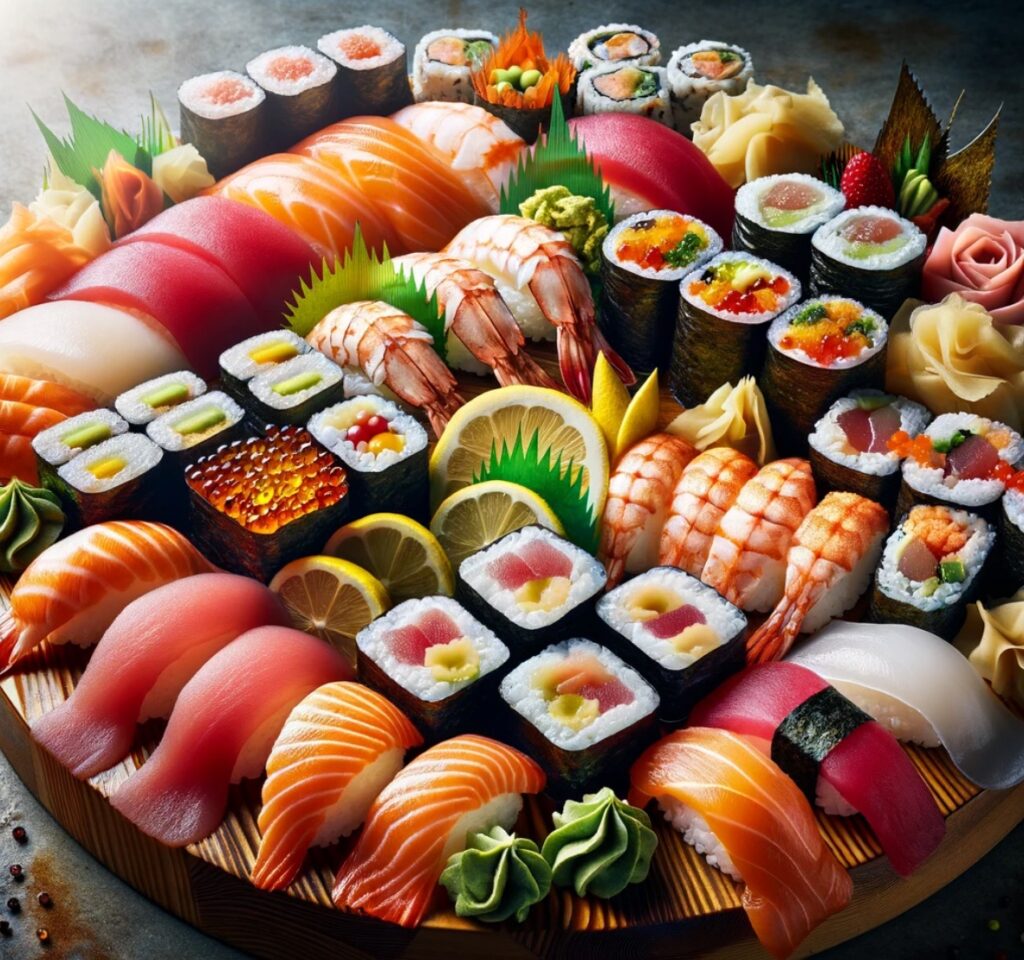
Introduction: Embracing the World of Sushi
Welcome to a culinary journey that transcends borders and brings a piece of Japanese tradition to your plate. Sushi, a dish that has captivated the hearts and palates of millions worldwide, is more than just food; it's an experience, a craft, and a window into a culture that values harmony, simplicity, and the subtle art of balance. This exploration will take you beyond the surface, into the depths of sushi's rich history, its diverse forms, and the mastery behind each delicately crafted piece.
From its humble beginnings as a method of preserving fish to becoming a global culinary phenomenon, sushi has evolved while retaining its essence and integrity. Today, it stands as a testament to the beauty of Japanese cuisine, inviting us to appreciate the minimalist elegance and the profound flavors that can be found in the simplest of ingredients. Whether you're a seasoned sushi aficionado or a curious newcomer, prepare to unravel the layers of this exquisite cuisine, discovering the stories, techniques, and traditions that make sushi a unique and unforgettable part of the world's culinary heritage.
Join us as we delve into the art and soul of sushi, exploring the nuances that define this beloved Japanese dish and the myriad ways it can be enjoyed. From the bustling sushi bars of Tokyo to the serene dining rooms of the finest restaurants, sushi is a universal language of taste and tradition, waiting to be savored and celebrated.
Defining Sushi: More Than Just Raw Fish
Sushi, often misconceived as merely raw fish, is in fact a profound culinary art form that transcends simple definitions. At its core, sushi represents a harmonious blend of vinegared rice paired with a variety of ingredients, including but not limited to seafood, vegetables, and occasionally tropical fruits. The essence of sushi lies in its simplicity and the delicate balance of flavors and textures. From the subtle tang of the rice to the fresh, nuanced taste of the toppings, each element is carefully chosen to create a bite-sized piece of gastronomic delight.
Sushi's origins trace back over a millennium, evolving from a method of preserving fish in fermented rice to the sophisticated and diverse array of styles we celebrate today. This evolution speaks to sushi's enduring appeal and its ability to adapt and thrive in various culinary cultures around the globe. Whether it's the precision of Nigiri, the creativity of modern rolls, or the rustic charm of Temaki, sushi offers an endless exploration of taste, making it a beloved dish worldwide. Through understanding sushi's rich history and multifaceted nature, we gain not only insight into Japanese cuisine but also an appreciation for one of the world's most iconic culinary traditions.
The Fundamental Types of Sushi
Sushi, a culinary art form revered both in Japan and globally, manifests in various styles, each offering a unique taste and experience. Understanding the fundamental types of sushi is essential for appreciating the diversity and depth of this exquisite cuisine. Here, we explore the primary categories that form the cornerstone of sushi's vast world.
Nigiri Sushi (握り寿司):
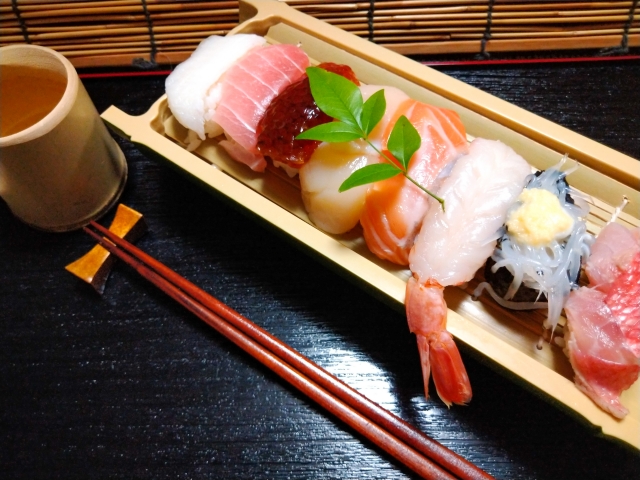
Nigiri is perhaps the most iconic form of sushi, consisting of a slice of raw fish draped over a mound of vinegared rice, often with a touch of wasabi between. The simplicity of nigiri allows the natural flavors of the fish to shine, with popular options ranging from salmon (サーモン) and tuna (マグロ) to more delicate choices like sea bream (タイ) and scallop (ホタテ).
Maki Sushi (巻き寿司):
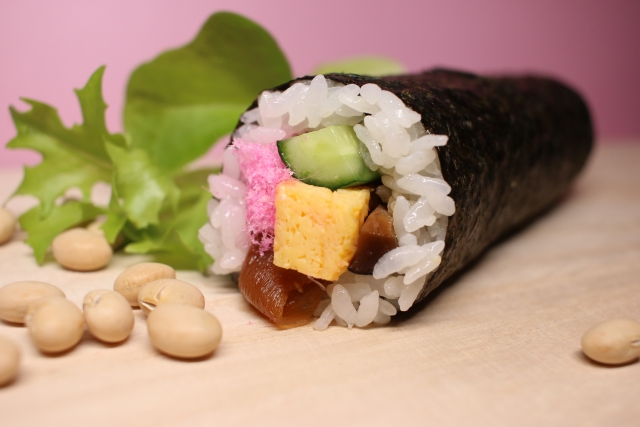
Maki sushi refers to rolled sushi encased in nori (seaweed), with vinegared rice and various fillings. These rolls can range from thin, simple hosomaki to thicker futomaki, often filled with a combination of ingredients like cucumber, avocado, and fish. Famous variations include the California roll, with crab meat and avocado, and the spicy tuna roll.
Futomaki (太巻き):
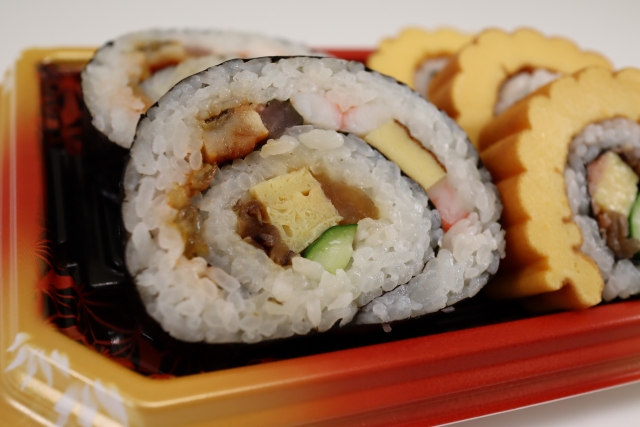
Literally "thick roll," futomaki is a large roll filled with a variety of ingredients, offering a mix of flavors and textures in each bite.
Hosomaki (細巻き):
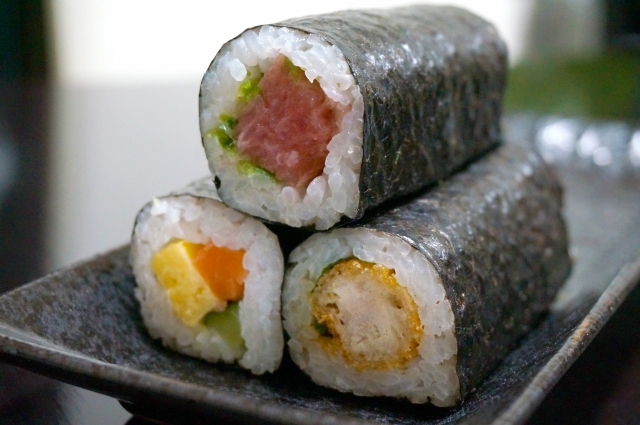
"Thin roll" hosomaki are simple, often containing just one filling like cucumber (kappa maki) or tuna (tekka maki), making them a minimalist's delight.
Temaki Sushi (手巻き寿司):
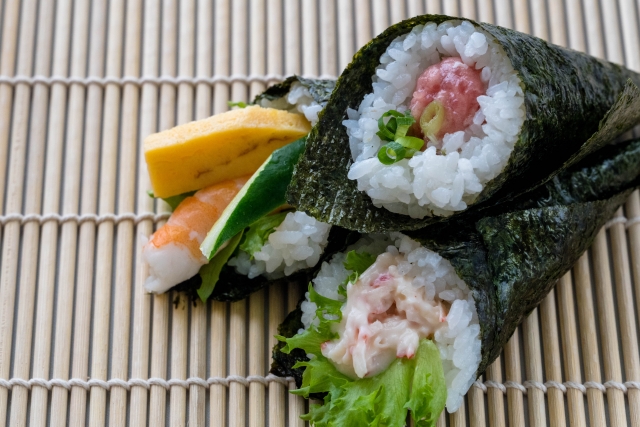
Temaki sushi is a hand-rolled cone of nori filled with rice, fish, and vegetables. It's a casual, interactive style of sushi, allowing for a personalized selection of fillings. Temaki is enjoyed immediately after rolling to ensure the nori remains crisp.
Chirashi Sushi (散らし寿司):
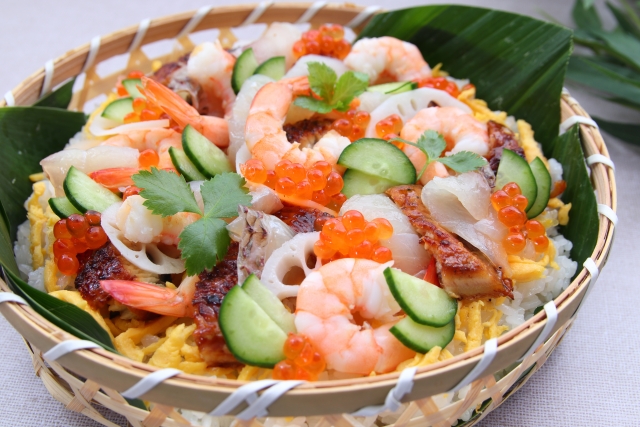
Chirashi, meaning "scattered," is a bowl of vinegared rice topped with a vibrant assortment of fish, vegetables, and sometimes tropical fruits. It's a visually appealing and diverse type of sushi, offering a bit of everything in a single serving.
Sashimi (刺身):
Though not sushi in the traditional sense (as it lacks rice), sashimi is a crucial part of the sushi experience. It consists of thinly sliced, raw fish, served with soy sauce and wasabi. Sashimi highlights the fish's quality and freshness, with selections like maguro (tuna), hamachi (yellowtail), and ikura (salmon roe) being particularly prized.
Uramaki (裏巻き):

Uramaki, or "inside-out" rolls, have the rice on the outside and nori on the inside, often sprinkled with sesame seeds or fish roe. This style is popular in the West, with the California roll and Dragon roll and Rainbow roll being notable examples.
Oshi Sushi (押し寿司):
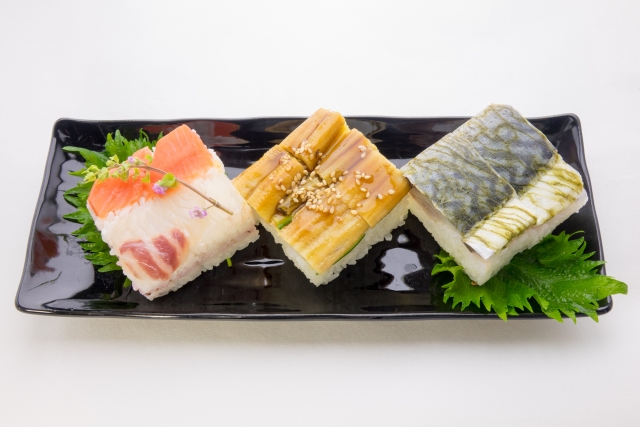
Originating from Osaka, oshi sushi is pressed sushi where the fish and rice are layered in a box, then pressed to form a compact, rectangular shape. This type allows for creative presentations and combinations.
Gunkan Maki (軍艦巻):

Gunkan maki, often translated as "battleship sushi," is a small cup of rice wrapped in nori and topped with ingredients that are too soft or loose to be used in other types of sushi. The nori extends above the rice, forming a vessel that holds delicacies like ikura (salmon roe), uni (sea urchin), or negitoro (minced tuna with green onion). Gunkan maki is a creative presentation that allows sushi chefs to incorporate a wider variety of textures and flavors, offering a burst of taste with each bite.
Inari Sushi (いなり寿司):
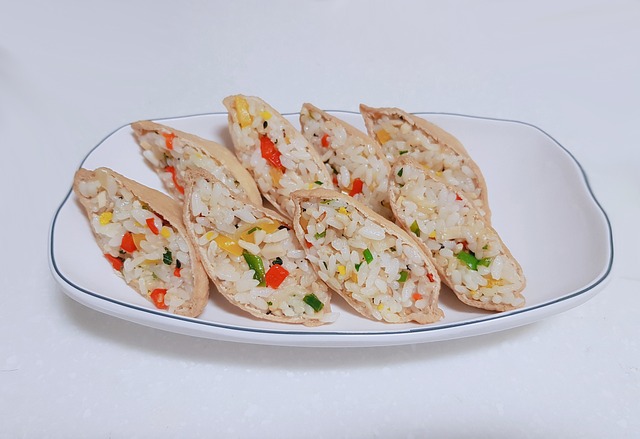
Inari sushi is a sweet and savory treat, consisting of sushi rice stuffed into a pouch of seasoned, fried tofu (abura-age). The tofu is marinated in a mixture of soy sauce, mirin, and sugar, giving it a distinct flavor that complements the vinegared rice. Named after the Shinto god Inari, who is said to have a fondness for tofu, inari sushi is enjoyed for its simplicity and the comforting, homely taste it offers.
Mushi Sushi (蒸し寿司):

Image Via:base.kiku-zushi.com
Mushi sushi, or steamed sushi, is a less common variety that involves ingredients that have been gently steamed to bring out their flavors. This method is often used for vegetables and some seafood, creating a warm and comforting version of sushi that's particularly enjoyable in colder months. Mushi sushi can include items like steamed shrimp, vegetables, and egg, offering a softer texture and a subtler flavor profile compared to its raw counterparts.
Each type of sushi offers a distinct experience, from the pure, unadulterated taste of sashimi to the complex flavors and textures of maki rolls. The variety ensures that there is something for every palate, making sushi not just a meal but a journey through the essence of Japanese culinary art.
Pairing Sushi with Drinks: Enhancing the Experience
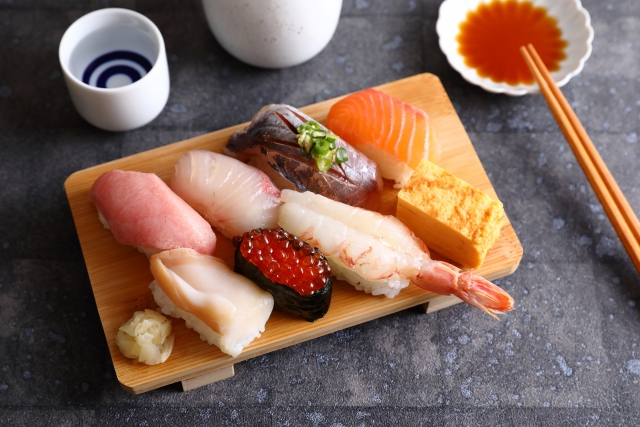
Pairing the right drink with sushi can elevate the dining experience, harmonizing flavors and textures to create a truly memorable meal. Traditionally, sake, a Japanese rice wine, is a popular choice. Its subtle nuances can complement the delicate flavors of sushi without overpowering them. When choosing sake, consider a Junmai or Ginjo variety for their cleaner and more refined profiles.
For those who prefer something cooler, a crisp Japanese beer can cleanse the palate between bites, offering a refreshing contrast to the sushi's richness. For a more Western approach, dry sparkling wines or light-bodied whites, such as a Champagne or a Sauvignon Blanc, can also pair beautifully, echoing the lightness and subtlety of sushi flavors.
Non-alcoholic options include green tea, which not only complements sushi with its earthy notes but also aids in digestion. For a sweeter pairing, a light ginger ale can offer a zesty refreshment that pairs well with sushi's flavors.
Sushi Etiquette: Tips for an Authentic Experience
Sushi, deeply rooted in Japanese culture, comes with its own set of dining etiquettes that, when followed, can enhance the culinary experience. Always start by cleansing your hands with the provided wet towel. When eating nigiri, it's customary to turn it upside down and lightly dip the fish, not the rice, into soy sauce to avoid disintegration. Using fingers to eat nigiri sushi is perfectly acceptable and often encouraged.
Chopsticks should be used for sashimi and maki rolls, and it's polite to avoid rubbing them together, which can imply they are of low quality. Ginger is intended as a palate cleanser between different types of sushi, not as a topping. Lastly, savor each piece of sushi in a single bite to fully appreciate the chef's intended balance of flavors and textures.
Conclusion: The Endless Journey of Sushi Exploration
The world of sushi is vast and varied, offering endless opportunities for discovery and delight. From the simplicity of a single slice of sashimi to the complexity of a carefully crafted maki roll, sushi encompasses a range of experiences that speak to the depth of Japanese culinary tradition. As you continue to explore this exquisite cuisine, remember that each piece of sushi is a work of art, crafted with years of expertise and tradition.
The journey of sushi exploration is endless, with each visit to a sushi bar or each homemade roll an opportunity to learn and appreciate more about this fascinating cuisine. Whether you're a seasoned sushi aficionado or a curious newcomer, the world of sushi welcomes all with its rich flavors, intriguing textures, and storied history. Embrace the adventure, and let the endless journey of sushi exploration begin.
